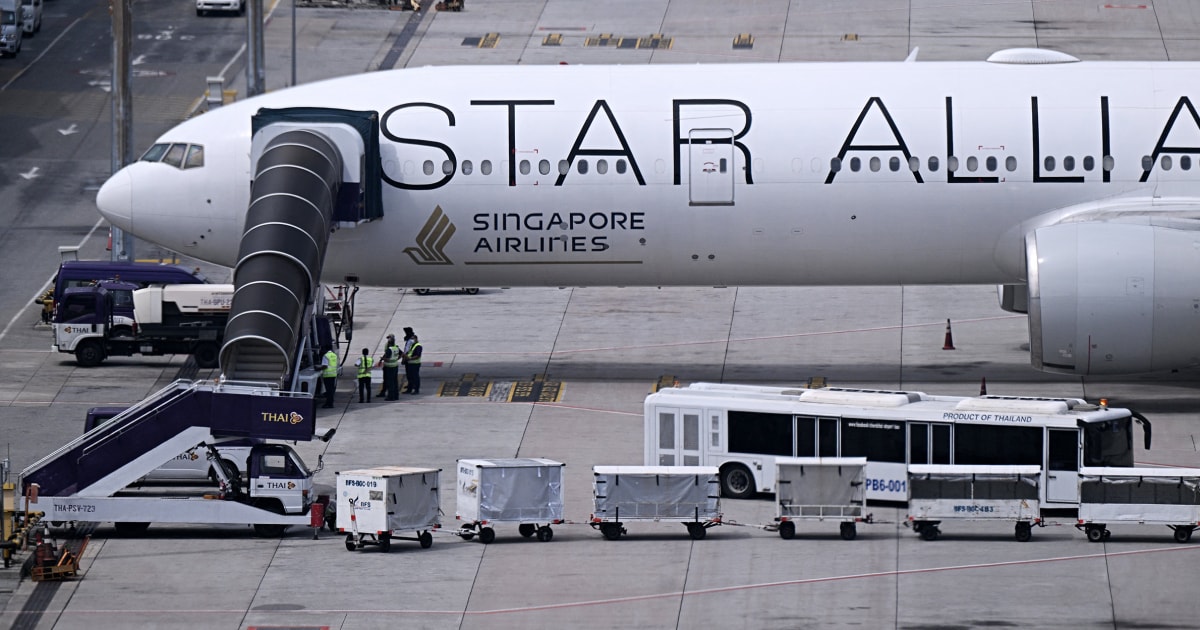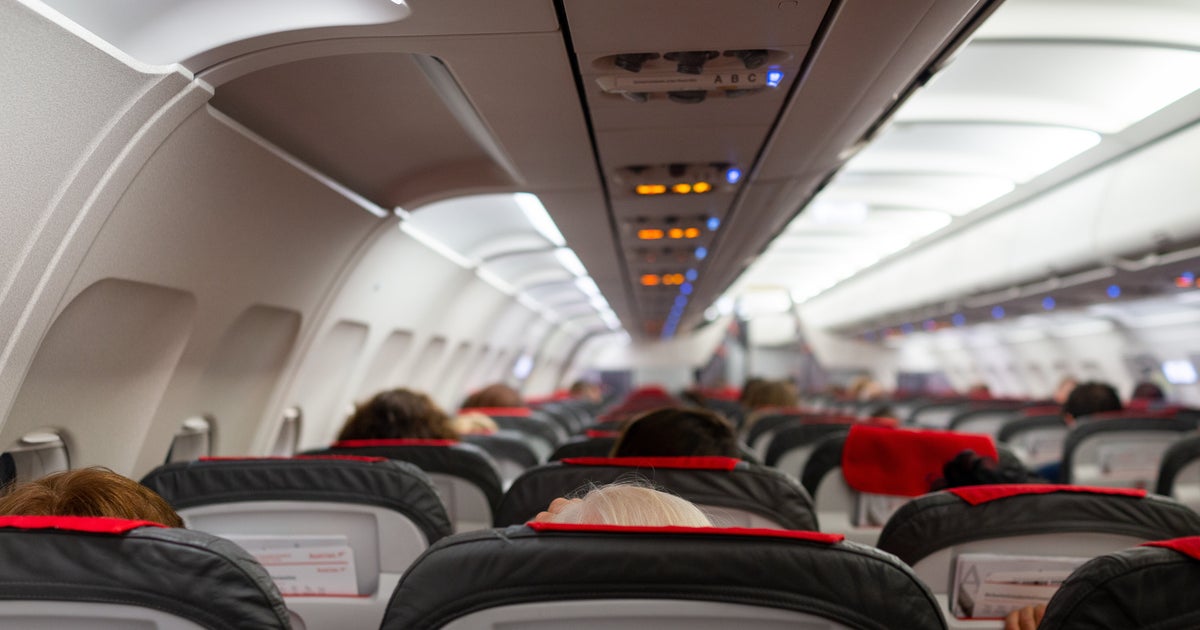
On Tuesday, May 25, 2024, a Singapore Airlines flight from London to Singapore encountered severe turbulence that left dozens of passengers injured and one passenger dead. The incident occurred about three-quarters through the 13-hour journey when many passengers had already finished their last meal onboard.
The deceased passenger was identified as Geoff Kitchen, a 73-year-old British national. He suffered a suspected heart attack during the turbulence and could not be revived despite efforts from crew members to provide basic life support and seek assistance from medical professionals.
Clear air turbulence, which cannot be detected by radar, was reportedly a factor in the incident. This phenomenon is known as clear air turbulence and is impossible to prepare for using traditional methods such as weather radar or following the course charted by other planes that have recently passed through the area.
Singapore Airlines flight SQ321, carrying 211 passengers and 18 crew members, had taken off from London's Heathrow Airport on Monday night. The plane was about three-quarters full and many of the travelers were Singaporeans returning home or families planning a holiday in far-flung destinations.
The incident occurred over the Bay of Bengal, which is notorious for its monsoon rains that can cause turbulence. Commercial pilots rely on weather radar and carry extra fuel to fly around and wait for the weather to ease if needed. However, clear air turbulence cannot be detected using these methods.
Researchers believe studying birds could provide insights into how aircraft can better cope with turbulence, especially in urban environments where smaller aircraft and unmanned aerial vehicles (UAVs) fly. Birds have evolved to exploit turbulent air for their benefit, and understanding their flight patterns could inform aircraft design.
Emily Shepard from Swansea University and Paul Williams from the University of Reading are leading a research project that aims to understand how birds navigate through turbulent skies. They believe that studying the behavior of birds in turbulent conditions could lead to new technologies for predicting and mitigating turbulence, making air travel safer for passengers.
The incident serves as a reminder of the importance of understanding and predicting turbulence, especially as it becomes more common due to climate change. The aviation industry is working on developing new technologies to detect clear air turbulence and reduce its impact on passengers and aircraft.



